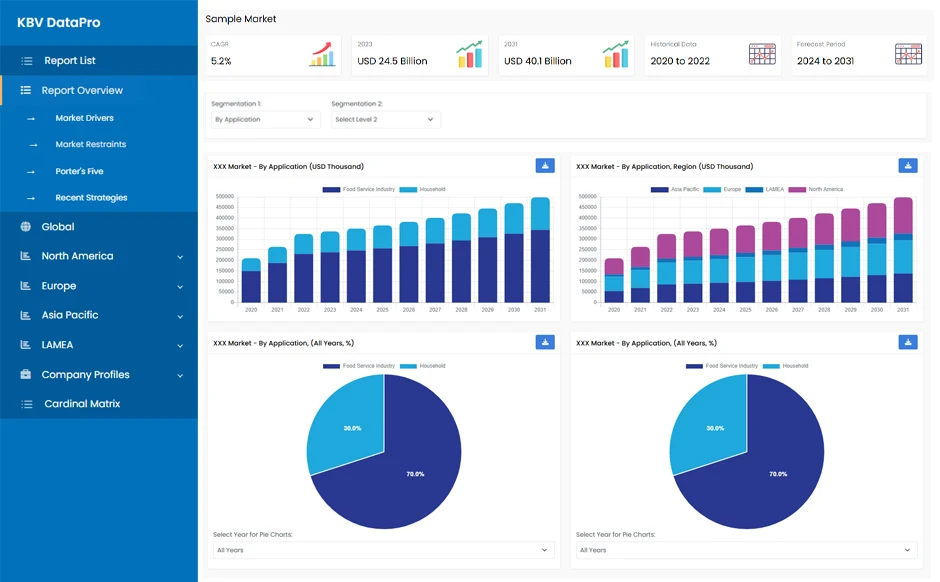The Asia Pacific mHealth Market would witness market growth of 32.7% CAGR during the forecast period (2020-2026). Emerging mobile health promotion technologies (mHealth) have revolutionized the healthcare industry. In the last few years, the adoption of mHealth has been significant. More than 325,000 mHealth applications are available for apple and android smartphones, according to the recent data. Rising acceptance of mHealth as a primary source of information has positively impelled market growth. Telecom providers and other healthcare IT-focused organizations are now actively involved in telemedicine, which enables remote patient monitoring. In the case of cardiac patients, remote patient tracking is important for the transmission of data on heart rate and rhythm between health care professionals and patients in hospitals or hospitals. The market is projected to grow steadily with growing demand in multi-specialty hospitals.
Neurological monitoring is very important, particularly for patients with neurological diseases such as dementia. Dementia is very common among the elderly. As stated by the United Nations, Asia-Pacific counties such as Japan, China, and Australia have a very high percentage of the population aged 60 years or older and are also projected to increase in the future. It is projected to increase the prevalence of neurological diseases in the region, which will increase the demand for neurological monitoring devices. This will contribute to the development of the market in the region.
China's mHealth market is expected to grow at the high growth during the forecast period. The country's most common disease-specific apps focus primarily on managing hypertension, diabetes, and hepatitis. The use of mHealth devices has seen a major rise in hypertension control. Several health & fitness apps undergo rapid growth among mobile users in Asia. For example, apps such as Keep, Yodo Run, and Qin Baobao are among the Chinese Apple store's most popular health and fitness apps. In addition, Meet you app that monitors the menstruation cycle and, Ping An Good Doctor app provides medical consultation, are likely to witness substantial market penetration over the forecast period.
Based on Type, the market is segmented into Services and Devices. Based on Services, the market is segmented into Monitoring services, Diagnosis services, Healthcare Systems Strengthening Services and Others. Based on Devices, the market is segmented into BP Monitors, Cardiac Monitors, Pulse Oximetry, Blood Glucose Meters, Apnea & Sleep Monitors, Neurological Monitors, Wearable Fitness Sensor Device & Heart Rate Meters and Others. Based on Stakeholders, the market is segmented into Mobile Operators, Device Vendors, Healthcare Providers and Content Players. Based on Application, the market is segmented into Cardiovascular Diseases, Diabetes, Respiratory, Neurology and Other Applications. Based on countries, the market is segmented into China, Japan, India, South Korea, Singapore, Malaysia, and Rest of Asia Pacific.
Free Valuable Insights: mHealth Market in Asia Pacific is expected to register a CAGR of 32.7% during the forecast period (2020-2026)
The market research report covers theanalysis of key stake holders of the market. Key companies profiled in the report include Bayer AG, Medtronic PLC, Johnson and Johnson, Koninklijke Philips N.V., DexCom, Inc., Samsung Electronics Co., Ltd. (Samsung Group), Omron Corporation, AllScripts Healthcare Solutions, Inc., Sanofi S.A., Cerner Corporation.
Market Segmentation:
By Type
By Services
By Devices
By Stakeholders
Content Players
By Country
Companies Profiled

Our team of dedicated experts can provide you with attractive expansion opportunities for your business.

